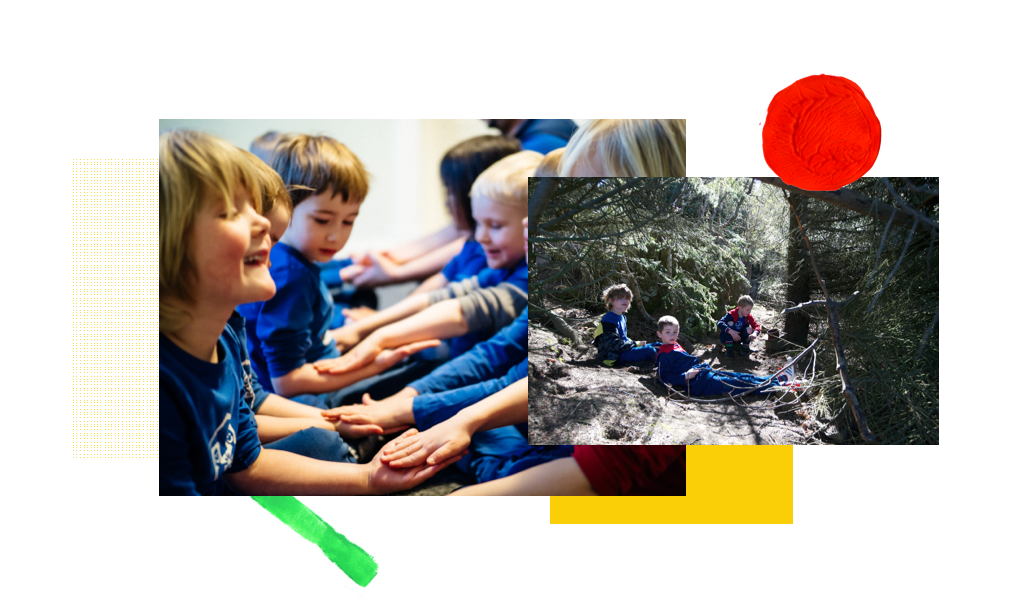The first basic principle: Children and parents
The Hjalli Model approach is designed to accept each child as it is and respect and acknowledge different needs of every age group, gender, and individual. The school is also required to recognize individual freedom of choice and different sets of interests for each child and, in the broadest sense, foster success for everyone.
The second basic principle: Staff
The Hjalli Model approach is intended to promote positivity, joy, and geniality when communicating with the children, their parents, and anyone else that is involved with the schools.
The third basic principle: The environment
The Hjalli Model approach is intended to create a community within each school where balance, simplicity, and transparency characterize the program, the environment, and materials, and rules are visible and tangible. Thus, providing the children with an understandable and manageable environment, according to their age, development, and ability.
The fourth basic principle: Materials
The Hjalli Model approach is intended to provide open-ended play materials and simple learning materials where creativity and imagination are paramount for each child’s diverse experience. Thereby, self-reliant individuals create their learn- ing and play world with their own solutions, where reality-based projects are given the greatest weight.
The fifth basic principle: Nature
The Hjalli Model approach is intended to teach children to sense and enjoy the natural environment and respect nature by being frugal, content, and showing moderation, as well
as practising maintenance and recycling.
The sixth basic principle: Community
The Hjalli Model approach is intended to practise a code of conduct and behaviour positively and warmly but at the same time be assertive and honest. With stability and precision comes security and freedom, providing peace for all in the school community, which later will result in responsible participation in a democratic society.
